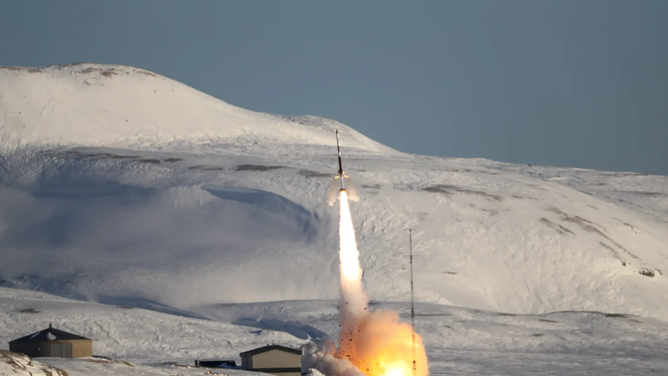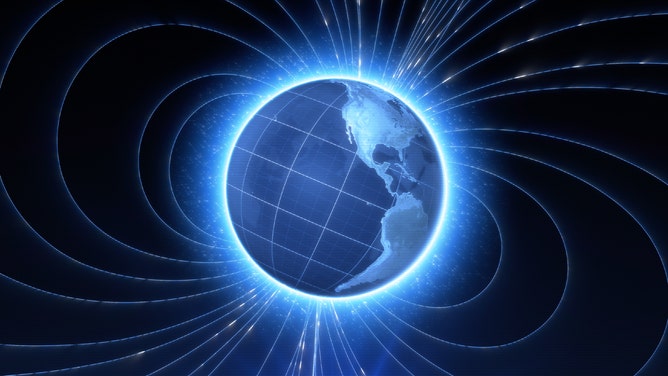NASA rocket helps discover Earth’s 'agent of chaos' energy field
Endurance measured a change in electric potential of only half a volt, around the same charge as a watch battery. But study authors say this change was enough to explain the polar wind first seen more than 60 years ago.
Discovering Earth's third global energy field
Endurance rocket mission principal investigator Glyn Collinson explains how the mission detected Earth's ambipolar electric field and why it has been so hard to detect for more than 60 years.
A key influence on Earth’s atmosphere was recently discovered using a NASA suborbital rocket mission launched near the North Pole, even though scientists have sought to detect the weak electric field for decades.
For more than 60 years, scientists have attempted to prove that Earth has a third extremely weak electric field considered fundamental to our planet's gravity. Until recently, the ambipolar, or bidirectional, electric field remained elusive.
COULD NASA’S DART MISSION RESULT IN THE FIRST HUMAN-CREATED METEOR SHOWER?
Since the early days of the space race, spacecraft flying over Earth’s poles have detected the stream of particles leaving Earth and heading out into space. According to NASA, some of this outflow is expected from air particles, but the observed particles were cold and had no signs of heating from Earth. This was when scientists began to suspect another electric field could be the culprit, but technology limitations prevented the detection of this hypothesized electric field until now.

Endurance launches from Ny-Ålesund, Svalbard. Credit: NASA/Brian Bonsteel
(NASA)
NASA’s suborbital Endurance rocket mission launched in May 2022 from Svalbard, between Norway and the North Pole, home to the northernmost rocket range on the planet. Endurance was designed to measure Earth’s global electric potential or how much Earth’s electric field pulls at electrically charged particles in the air. This pull was expected to be very weak, so it wasn't easy to measure.
On Aug. 28, an international team of scientists published their findings in the journal Nature using the Endurance mission data to show the existence of the ambipolar field and measure its strength. According to the study authors, the electric field drives Earth’s atmospheric escape and helps shape the ionosphere, one of the layers of the upper atmosphere.
In a NASA video, Glynn Collinson, the principal investigator of Endurance and the paper’s lead author, described the ambipolar electric field as "an agent of chaos."

The sparkling blue glow in this image represents Earth’s newly discovered third fundamental global field: the ambipolar electric field. This field makes the atmosphere taller by lifting and separating the particles of the ionosphere, like blowing up a balloon. It also lofts some of these particles out into space along magnetic field lines over the poles. This atmospheric escape is known as the polar wind.
(NASA/Conceptual Image Lab)
Endurance measured a change in electric potential of only half a volt, around the same charge as a watch battery.
"But that’s just the right amount to explain the polar wind," said Collinson with NASA’s Goddard Space Flight Center.
HUBBLE TELESCOPE SPOTS A 'LONELY LIGHT IN THE DARK' IN DISTANT DWARF GALAXY
This electric field can lift Earth’s atmosphere into space because it counters gravity.
Hydrogen ions found in the polar wind experience an outward force more than 10 times stronger than gravity from the electric field, propelling the particles at supersonic speeds into space.
"It counters gravity, and it strips particles off into space," Collison said.
According to the research team, this field likely shaped the evolution of Earth’s atmosphere. This discovery is just the beginning of understanding the dynamics of Earth’s electric fields and those on other planets.
